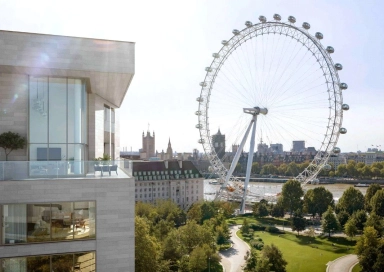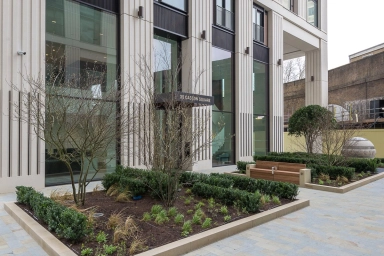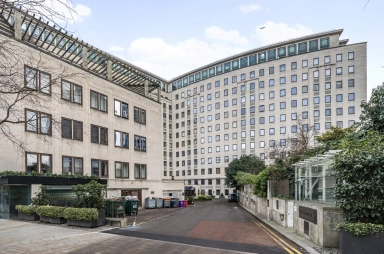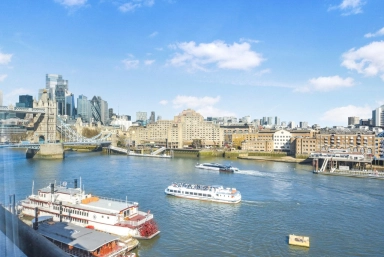- Selling
-
Buying
-
Landlords
-
Show more
- B&R Landlord hub
- Management services
- Vacant management
- Landlord reviews
- Rental investment
- Furnishing and refurbishment
- Renters’ Rights Act
- Yield calculator
- Free online valuation
- Stamp duty calculator
- ROI calculator
- Landlord resources
- EPC guide
- Video hub
- Area guides
- Fees for landlord
- Lettings Laws
- Why choose Benham and Reeves
- Renting
-
New homes
- House prices
-
International services
-
International offices
China, Hong Kong SAR, India, Indonesia, Malaysia, Middle East, Qatar, Singapore, South Africa, Thailand and Turkey
Learn more - Show more
- Contact
At the turn of the Millennium two events galvanised a part of London which lies across the river from the West End and the Square Mile and made it an area more than the sum of its parts. One was the construction of the London Eye which has since become a skyline fixture to rival even Big Ben and the other was the opening of the Tate Modern museum at a renovated Victorian power station near Blackfriars Bridge. These two developments were the culmination of a series of development initiatives that have made this side of the Thames a bonafide cultural destination and have formed a "string of pearls" all along this once-neglected riverine environment.
The Eye together with the Millenium footbridge and the retro-modern Globe theatre, are fitting testimonies to British design, inspiring the construction of residential developments such as NEO Bankside and an explosion of loft renovations and design studios in the area just behind the Oxo Tower. The key to enjoying the Southbank is simple: The Thames River Walk is a footpath that provides spectacular views to the regal north shore as well as allowing a glimpse into a genuinely different, though no less vibrant side of London on the south.
The extension of the Jubilee Line from the West End through to East London was a crucial factor in the revival of the Southbank. The initial new stops were at Waterloo, Southwark and London Bridge which more than doubled the area's accessibility and gave visitors and locals alike a much-needed sense of community. With the opening of the new Blackfriars Station, the district's rehabilitation was complete. The rail link takes up a whole bridge, straddles the river and has entrances on both of its shores. Southbank residents can now have access to the District and Circle Tube Lines that were heretofore denied to them.
Explore South Bank on map
Top attractions in South Bank
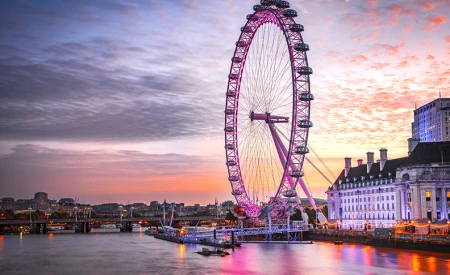
The London Eye
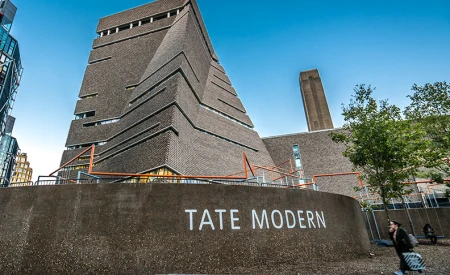
Tate Modern
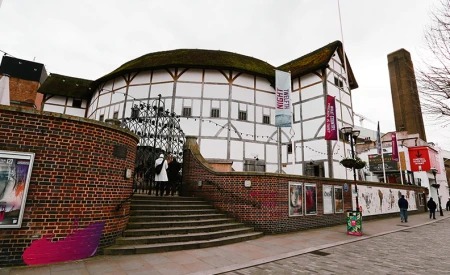
Shakespeare's Globe
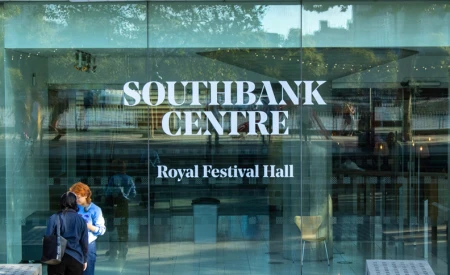
Southbank Centre
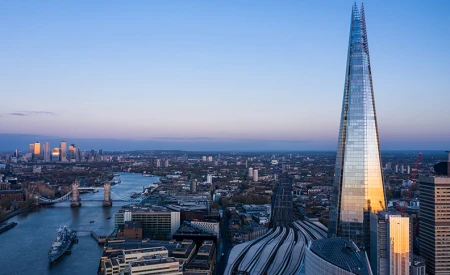
The Shard
Frequently asked questions about South Bank
The South Bank Skate Space is a popular spot for skateboarders and BMX riders, offering ramps and obstacles with a view of the Thames
South Bank is situated along the south bank of the River Thames, offering scenic views of landmarks such as the Houses of Parliament and Tower Bridge
The National Theatre is a prestigious venue that showcases a captivating program of contemporary and classic plays. Catch a performance by renowned actors and directors and be mesmerised by the state-of-the-art productions
Foodies can enjoy culinary delights at Borough Market. This historic market boasts a vibrant array of fresh produce, artisan foods, international cuisine stalls and delicious street food
Low tide reveals a small, unexpected beach along the South Bank near Gabriel Wharf
Areas near South Bank
South Bank postcodes
SE1
SW1
Get in touch
How much is your property worth?


















